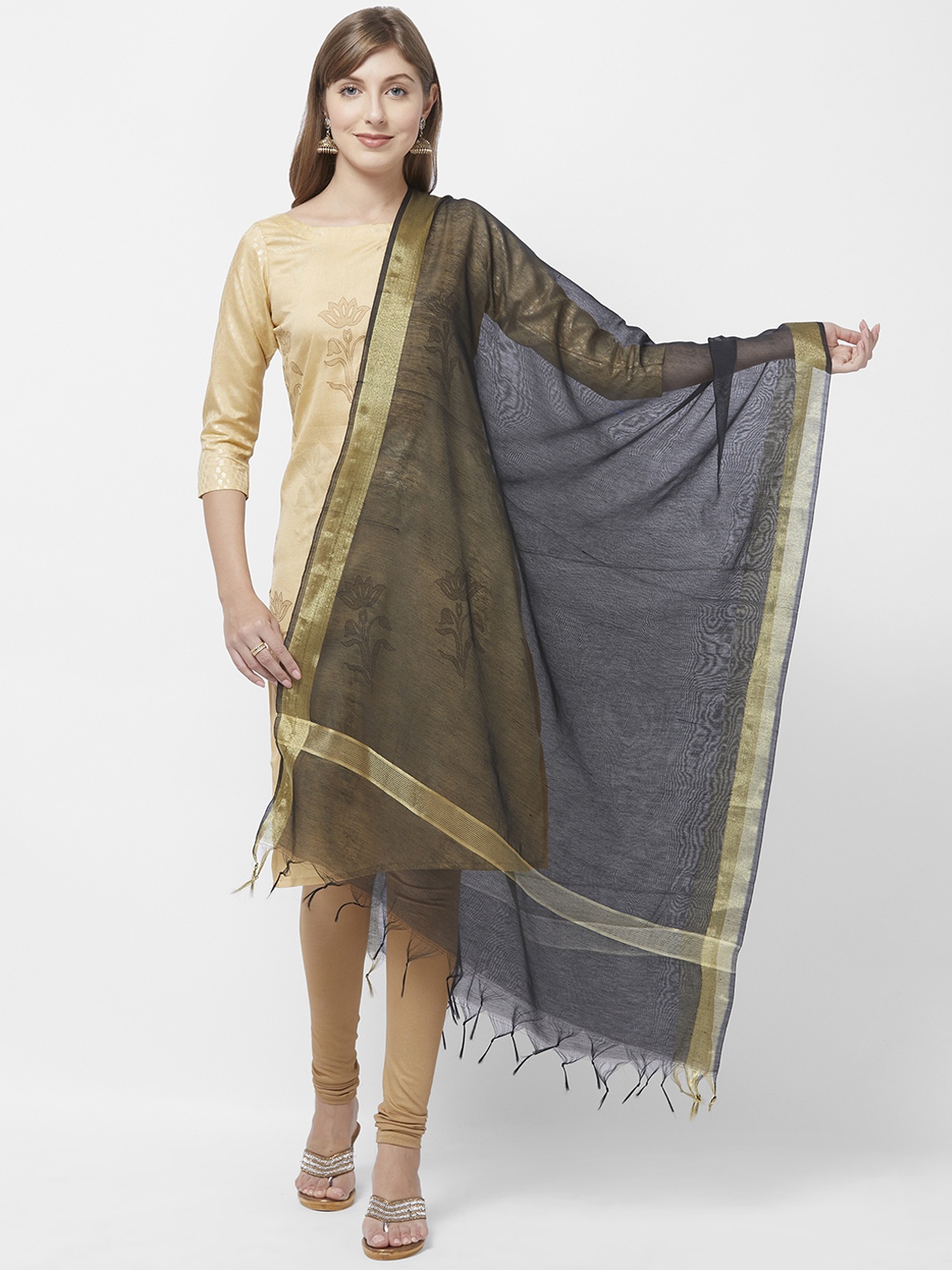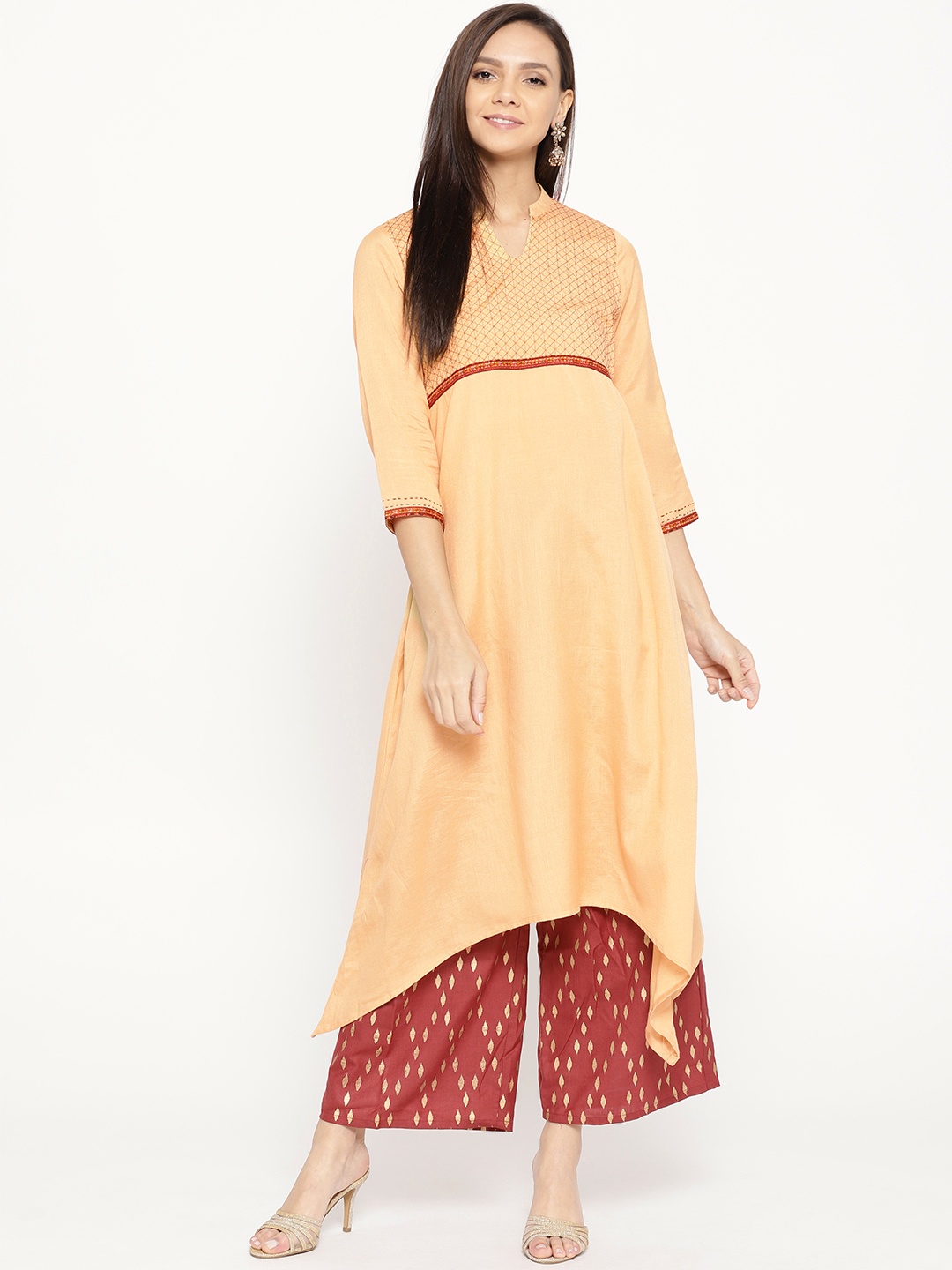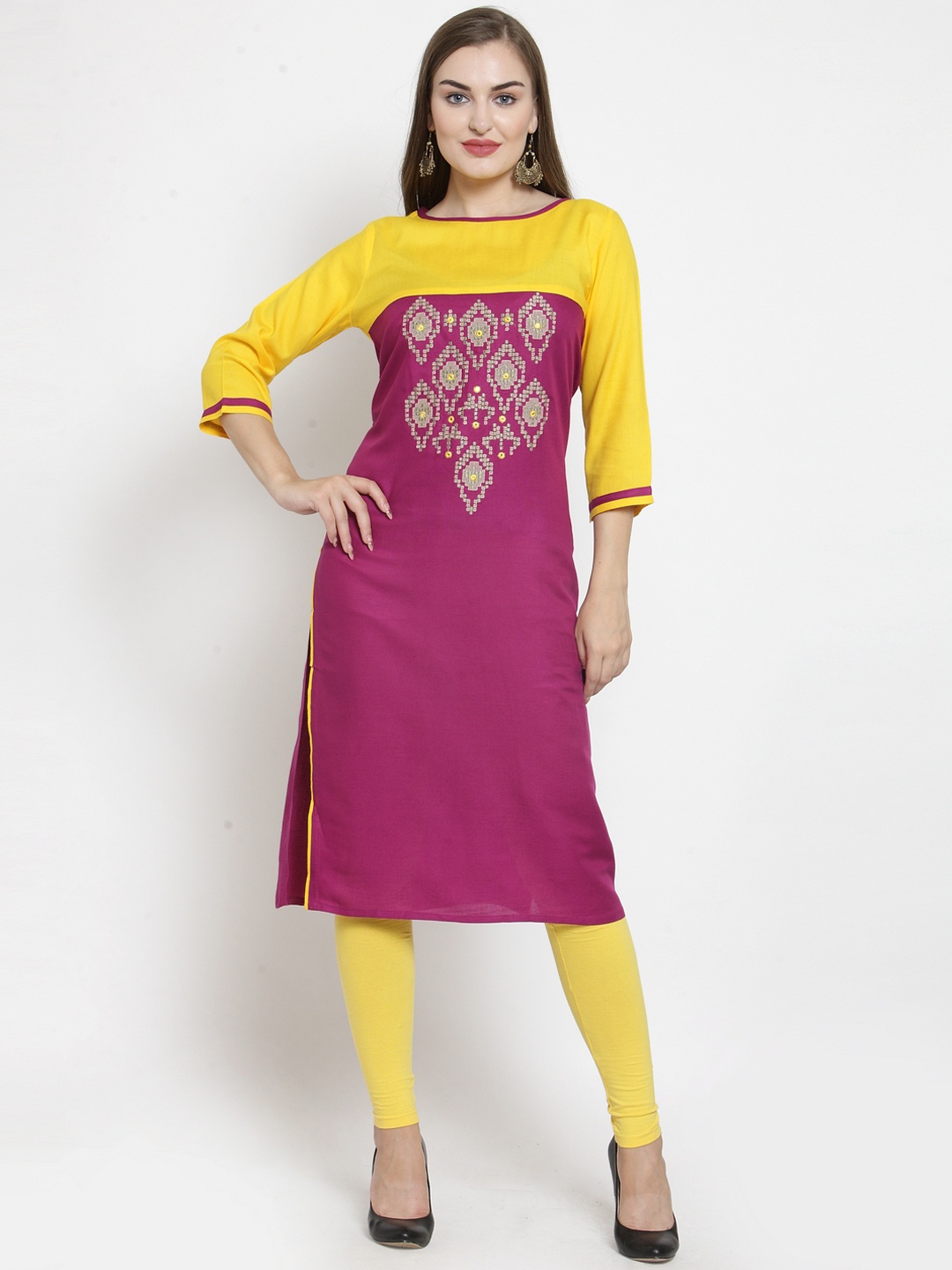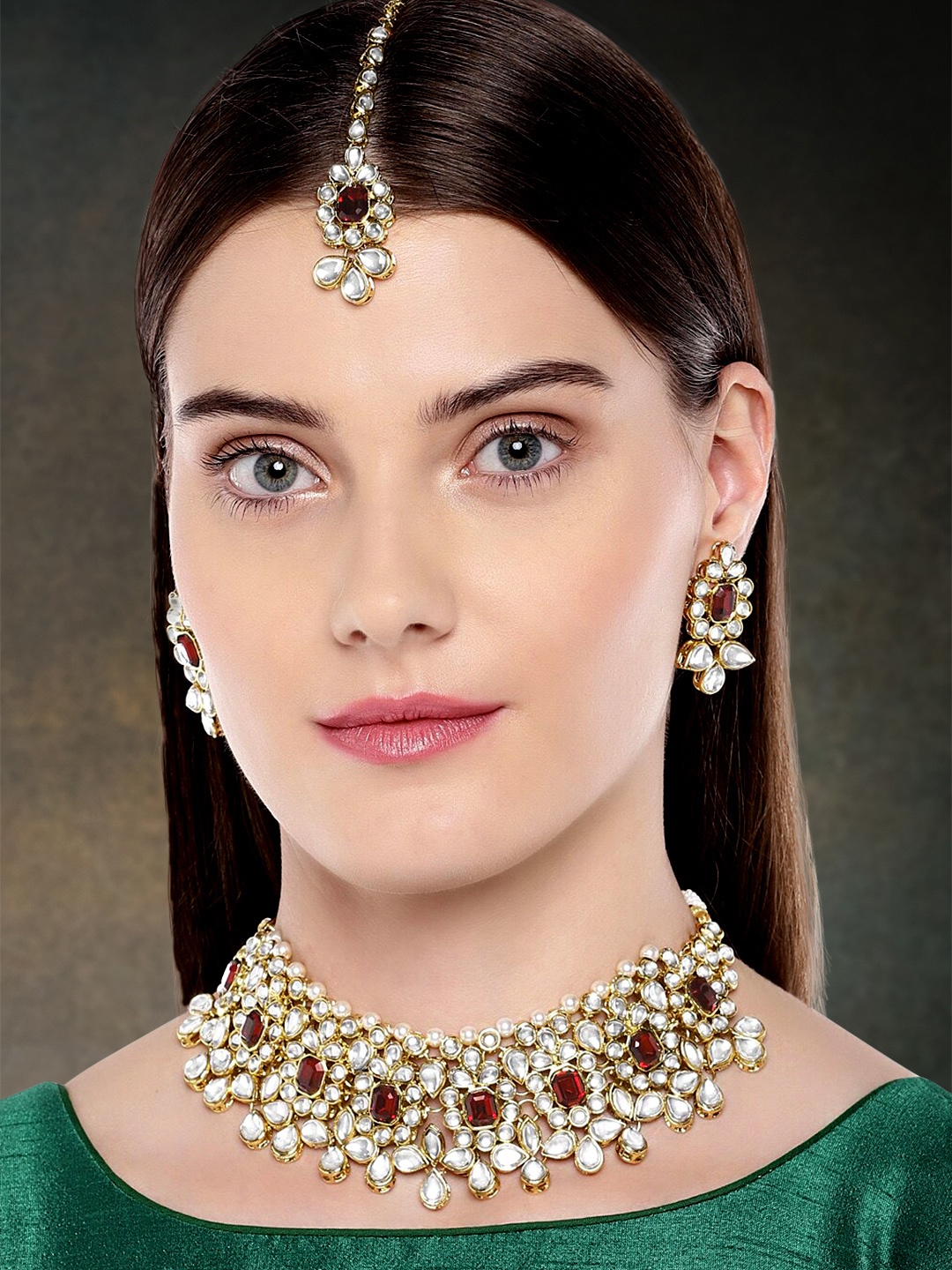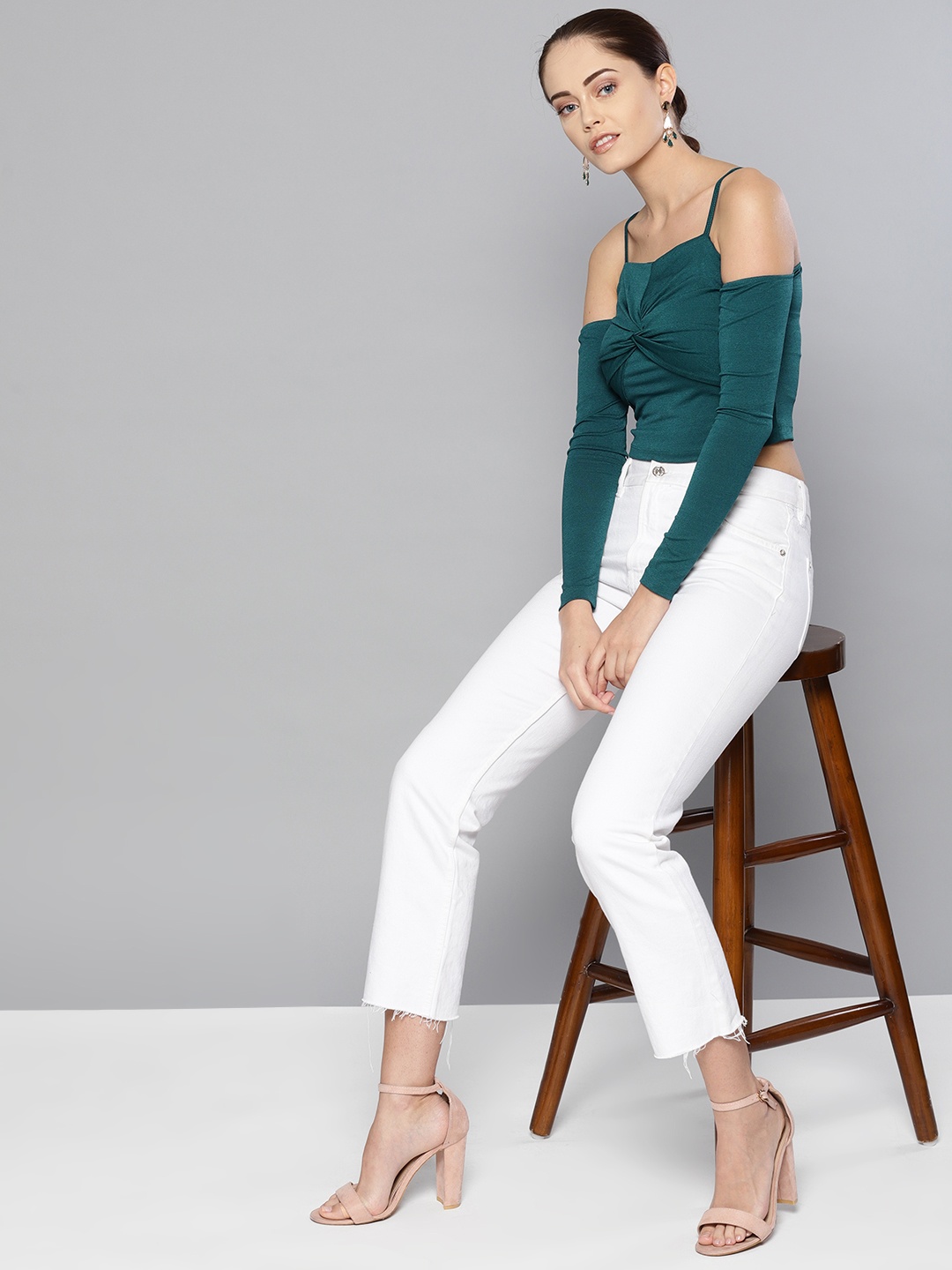Do Babies Really Need Caps Indoors? Here Are The Top 10 Reasons Why New Parents Should Opt For Them
From sleepless nights to endless diaper changes, parenting a newborn is a beautiful whirlwind. It might seem like a small thing, but this humble accessory has more purpose than meets the eye. Let us unravel the mystery, one reason at a time.

Do Babies Need Caps Indoors? 10 Reasons Every Parent Should Know.
Every new parent has been there, surrounded by tiny clothes, bottles, and a mountain of advice from well-meaning relatives. Somewhere between the endless “don't do this” and “always do that,” comes a familiar refrain: “Put a cap on the baby's head!” Some parents follow it as tradition, others as a practical habit. Babies, as adorable as they are, need a little extra help adjusting to the world outside the womb. Their tiny bodies, delicate skin, and developing temperature regulation make them more sensitive to the environment. That's where the cap steps in, not as a fashion statement, but as a silent guardian of warmth, comfort, and care.
Uncover 10 compelling reasons why selecting a soft baby cap is among the most thoughtful choices for new parents, ensuring protective comfort every day.

Here's a closer look at 10 reasons why choosing a soft baby cap might be one of the most thoughtful things new parents can do; Photo Credit: Pexels
1. Keeps Their Body Temperature Stable
Newborns lose heat faster than adults, especially through their heads. Since babies can't regulate their body temperature well, even a slight draft can make them chilly. A soft cotton cap helps trap warmth and prevents unnecessary heat loss.
Think of it as a snug little shield, keeping their body temperature steady while they nap or feed. In cooler homes, especially with air conditioning, this becomes even more important. A warm baby is a comfortable baby, and a comfortable baby means fewer fussy cries and better sleep for everyone.
Just remember: not all warmth is good warmth. The goal isn't to overheat, but to maintain balance. Choose breathable cotton fabrics and ensure the cap isn't too tight. Babies communicate comfort in the simplest ways. If they're relaxed and their skin feels comfortably warm (not sweaty), you've got it right.
2. Protects Against Sudden Temperature Drops
Weather in many parts of the country can be unpredictable. One moment it's sunny, the next it's breezy or slightly damp. Indoors, fans or air conditioners can make rooms cooler than expected. Babies, with their delicate systems, often feel these temperature dips more sharply than adults.
A cap acts like a gentle guard, reducing the impact of sudden temperature changes. For instance, when a parent moves the baby from a warm cot to another room for feeding or playtime, the head covering helps cushion the temperature shift.
It's not about wrapping them up in layers but ensuring a smooth transition from one space to another. Just as adults instinctively reach for a shawl when there's a cool draft, a baby's cap serves the same comforting purpose, without needing them to ask for it.
3. Offers Gentle Protection from Dust and Breeze
Even indoors, dust and gentle breezes find their way around. Newborns' skin and scalp are ultra-sensitive, and exposure to even mild irritants can lead to dryness or tiny rashes. A soft cap forms a protective layer that keeps out light dust and shields the baby's head from direct air.
It's especially useful in households where ceiling fans are always on, or windows are kept open for ventilation. Babies spend long hours sleeping, often in one spot, so this light protection can make a surprising difference in comfort and health.
Parents often underestimate how much the environment affects a newborn's wellbeing. Something as simple as a clean, breathable cap can act as a quiet barrier, ensuring that their first months are free of avoidable discomfort.
4. Encourages Sound Sleep
Ask any parent, the secret to surviving early parenthood is sleep. For both the baby and the caregiver. A steady temperature and a feeling of security go a long way in helping babies settle into longer, more peaceful naps.
A cap contributes to this by mimicking the cosy warmth of the womb. It provides a snug feeling that babies naturally associate with safety and comfort. This subtle reassurance helps them drift into deeper sleep cycles, especially during those unpredictable late-night hours.
It's not magic, but it's close enough. When paired with soft lighting and a calm environment, that tiny cap can help set the stage for rest, something every parent secretly prays for.
5. Aids in Preventing Minor Illnesses
While caps don't prevent major illnesses, they can reduce exposure to one of the most common triggers, temperature imbalance. Babies who get chilled quickly are more prone to mild colds or nasal congestion.
Covering the head keeps warmth evenly distributed and reduces the strain on their tiny immune systems. Think of it as part of an overall prevention strategy, alongside proper clothing, hygiene, and feeding.
During early weeks, when babies are still adjusting to life outside the womb, every small step counts. A cap can't replace medical care, of course, but it can reduce the number of “uh-oh” moments that send parents scrambling for the paediatrician's number at midnight.
6. Keeps the Fontanelle Safe
A baby's head has a soft spot on top called the fontanelle, a delicate area where skull bones haven't fully fused yet. It's completely natural, but it needs gentle care. A cap provides a layer of protection, keeping the area safe from accidental bumps or touches.
While parents are always careful, older siblings, curious visitors, or even sudden head movements can sometimes pose a risk. A soft cap ensures the fontanelle remains protected without direct exposure.
It's one of those unseen benefits, quietly doing its job while parents focus on cuddles, feeds, and lullabies. As the baby grows, this protection becomes less essential, but in the early months, it's a thoughtful precaution.
Also Read: Shade, Safety, Style: Why Caps Are a Must for Kids in 2025
7. Completes the Comfort Routine
Every parent has a bedtime ritual, warm bath, soft lotion, gentle lullaby, and finally, wrapping the baby in a cosy blanket. Adding a cap is the final touch in that comfort package.
It's a small gesture that signals “rest time” to the baby, helping them form sleep associations. Over time, this familiar warmth can become part of their sense of comfort and security, much like a favourite blanket or soft toy.
It's not just about function; it's about feeling. When the cap goes on, it's almost like whispering, “All is well, little one.” And that kind of comfort is priceless.
8. Helps Maintain Hygiene
Babies' heads can pick up traces of lotion, milk dribbles, or tiny particles from bedding and surroundings. A cap helps maintain hygiene by keeping the scalp cleaner for longer periods.
This becomes particularly helpful during the first few weeks when babies shouldn't be bathed daily. The cap shields the scalp from dust or accidental contact with surfaces that might not be perfectly clean.
Just ensure the caps are changed regularly and washed in mild, baby-safe detergents. A clean, soft cap isn't just hygienic, it's also a fresh start each day for that sweet little head.
9. Looks Absolutely Adorable (and Practical!)
Let's face it, beyond the practical reasons, there's an undeniable charm in seeing a baby in a cute cap. Whether it's a pastel shade, a soft knit, or a cap with tiny ears, it adds a touch of sweetness to those endless photo sessions and family moments.
Many parents enjoy matching caps with outfits or using them to express a bit of style. It's a fun way to celebrate babyhood while keeping practicality in mind.
And since babies outgrow their clothes faster than anyone can imagine, investing in a few comfy caps is a pocket-friendly way to keep them looking cute and comfortable. A good-quality cotton cap can cost as little as ₹150–₹300, a small price for something so useful and heart-melting.
10. Strengthens the Bonding Ritual
Dressing a baby is more than just a task; it's a bonding moment. When parents gently place a cap on their baby's head, they're not just keeping them warm; they're expressing love through care.
This small act, repeated daily, builds a rhythm of affection and connection. Babies feel the warmth of touch and the calm energy of routine. In many families, grandparents are the ones to gently place the cap, making it a moment filled with tradition and tenderness.
In a world of endless parenting advice, this is one ritual that blends practicality with emotion. The cap becomes a silent participant in countless early memories, a tiny thread woven into the story of love and nurture.

Do Babies Need Caps Indoors? 10 Reasons Every Parent Should Know; Photo Credit: Pexels
Products Related To This Article
1. Kuber Industries Kids Eva Foam Soft Adjustable Baby Bath Cap
2. Gajraj Kids Woolen Balaclava Monkey Cap
3. Adorazone Kids Unisex Pink Beanie Winter Knit Warm Caps
4. Babymoon Unisex Kids Cotton Baseball Cap
5. Babymoon Kids Duck Winter Soft Fleece Cap With Scraf
6. The Little Lookers Kids Beanie
7. Ziory Unisex Kids Printed Baseball Cap
So, do babies really need caps indoors? The answer is both simple and profound: yes, they do, but not for reasons of superstition or habit alone. It's about comfort, protection, and thoughtful care during a stage of life where every detail matters.
A baby's world is fragile yet full of wonder. Something as small as a soft cap helps bridge the warmth of the womb with the freshness of the outside world. It guards their delicate bodies, comforts their tender hearts, and offers parents peace of mind.
At the end of the day, it's not just about the cap, it's about the love that wraps around it.
Disclaimer: The images used in this article are for illustration purpose only. They may not be an exact representation of the products, categories and brands listed in this article.








